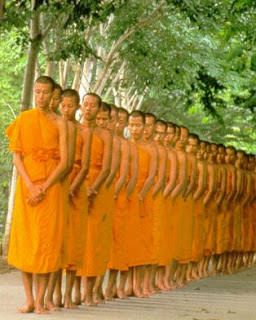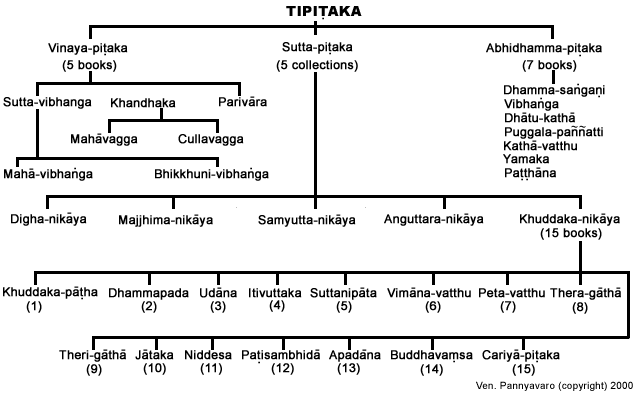Delhi’s Jamia Millia Islamia university being granted a ‘minority status’ has been celebrated by many, including newspapers, as happy news and one which gives Muslims ‘due justice’. Some of Jamia’s teachers and staff even distributed sweets to mark the announcement, which will allow the university to reserve 50% seats for Muslims.
As someone who’s lived all his life near the university and studied there, I don’t support this minority tag, despite the fact that the lobby supporting it is far stronger than I could imagine. If the aim of the minority status is to uplift the community from its backwardness, I think it’s only going to push the Muslims into a deeper ghetto. Inclusive growth is possible only with an eclectic diversity of students and staff. Jamia already has enough ‘Muslim’ character, and it does not need any legal status to ensure it.
Those seeking the minority status argue that leaders like Mohammad Ali Jauhar and Hakim Ajmal Khan established Jamia in 1920, as “they wanted Muslims to keep their education in their own hands, free from governmental interference.” But why do we forget that 1920 was the British period and Jamia was established as a reaction to British interference in Aligarh’s Muhammedan Anglo-Oriental College (MAO) started by Sir Sayyad Ahmed Khan?
Why should we apply the same to the present democratic government, which gives aid to the university?
Leaders like Jauhar, Ajmal Khan and others, who we invoke today, were not against non-Muslims taking part in Jamia’s development. Their secular ideals and actions were far greater than what we can aspire to. At one time in Jamia’s history, the lack of funds forced the staff to get one piece of bread a day as salary! Can any staff member or student think of emulating such ideals today? Times have changed and so have the Muslim community and Jamia.
If we invoke the name of Ajmal Khan and Jauhar today, we’re only ‘using’ them for selfish gains.
The example of St Stephen’s College in Delhi is often used to justify Jamia’s minority character, as the former already has the status of a Christian institution. I think Jamia’s case can’t be compared with that of St Stephen’s for several reasons. Both institutions have very different histories and objectives. Jamia had a direct involvement with India’s freedom struggle, whereas St Stephen’s was established — according to its prospectus — as a “religious foundation drawing inspiration from the life and teachings of Jesus Christ” by a Christian mission from Westcott House, Cambridge.
Second, the quality of education in both institutions is very different — today, St Stephen’s is considered one of the top Delhi colleges whereas, sadly, Jamia (with the exception of some departments) does not feature high in students’ preference lists. But St Stephen’s high standards have nothing to do with its minority status. It is a part of a long tradition of quality education that convent institutions have diligently held up. Its minority status, while setting precedence for others, was not implemented to uplift the economic condition of Christians but preserve their culture and values.
If the aim of Jamia is to preserve its ‘Muslimness’, then there has never been any compromise on that.
According to the present vice-chancellor, Jamia already has 51% Muslim students, and applying the minority status would have no particular effect. For a religious character, Jamia campus and its surroundings have several mosques, Jamia’s staff can take off from work for prayer, can work for lesser hours during Ramazan, school students are taught Urdu and Islamic theology and girl students can wear a veil, besides many other advantages they never get in any ‘mainstream’ institution. Jamia recognises degrees from Islamic madrasas as qualification for admissions into its courses like BA and MA, allowing thousands of madrasa students to get secular education and professional training. Jamia has departments of Urdu, Arabic, Persian and Islamic Studies.
The university’s name itself has ‘Islamia’ in it. All this to ensure that ‘Islamic’ culture is upheld even without the minority character.
I think Muslims fear that while being victimised elsewhere in the country with communal biases and violence, their institutions will also get filled with non-Muslims, which would usurp the already shrunk spaces. But won’t accepting mostly Muslim teachers and students in Jamia prevent the entry of bright students and teachers from other communities, whose presence could create a progressive and competitive atmosphere? Interacting with a wide diversity of people is good not only for students’ careers but also to reduce communal prejudices and perceptions of victimisation.
The minority tag has outlived its use and needs to be discarded.
Yousuf Saeed is a Delhi-based independent filmmaker and researcher. The views expressed by the author are personal
Source-- Hindustan Times











